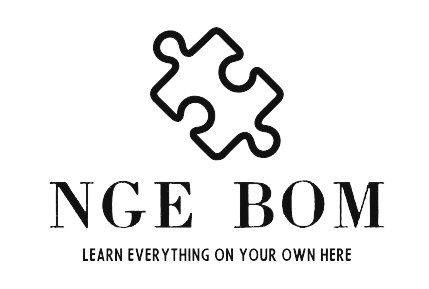The theme of sales optimization in the fashion and retail sector undoubtedly has a very broad scope, since the very concept of optimizing, that is, increasing in-store sales depends on several factors: by limiting the discussion to the physical store , you can undoubtedly mention the forecasting capabilities that are reflected on how many and which products to have in the store and in what period, but also – directly – on the management of the warehouse, of the outfitting and, last but not least, of all customer management, which is reflected on the customer experience ms business central.

The latter factor, in an era characterized by pervasive connectivity , the continuous advance of e-commerce and omnichannel models for managing retail networks, is one of the main factors in the success of the store which, despite being in some way undergoing the advance of e-commerce, it represents in any case (and will remain so for a long time) the first sales channel. Trying to summarize as much as possible, we could say that optimizing sales in fashion and retail means giving customers what they want, so that it is easily available, that the brand experience (this is especially true in fashion) is strong and pervasive, and that the the purchasing experience is pleasant, dynamic and smooth, as well as the whole after-sales phase.
Fashion and retail: like the technology that optimizes sales
Of course, the role of technology is essential in all of this, and not just with reference to the customer journey or the in-store experience.

